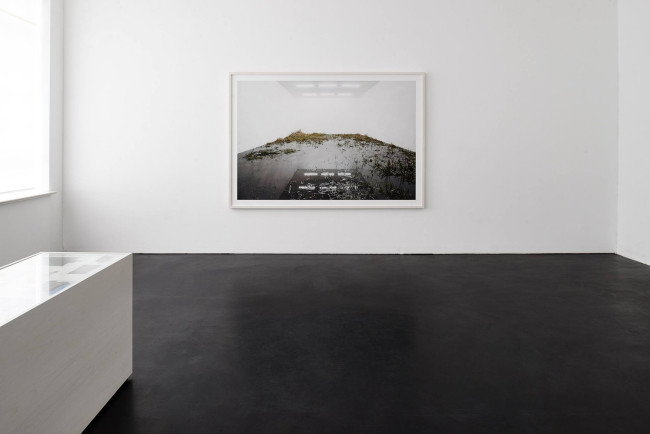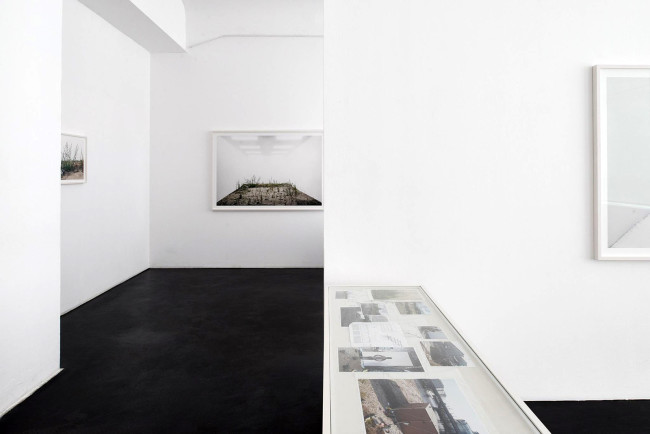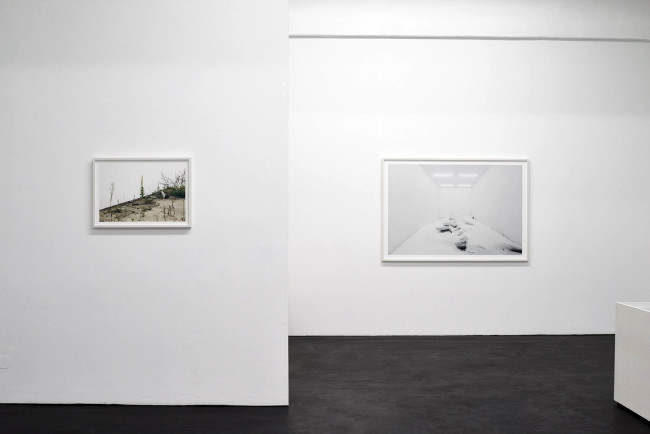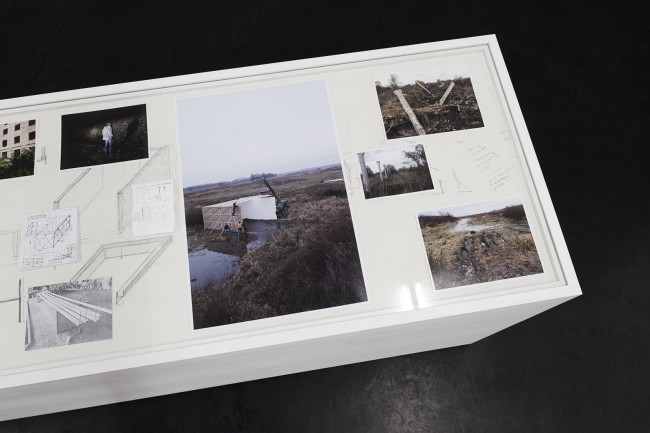28 April - 07 May 2017
/ Nows
⟶
NOWs:
Social Geometrism
at
Reinbeckhallen, Reinbeckstrasse 9, 12459 Berlin
Friday, April 28, 2017
19:00 Opening of the show
20:30 Party
Music-DJ Set odsounds
Free Admission
Kunst Am Spreeknie is pleased to announce ‘’Social Geometrism’’. The exhibition will take place from April 28 to May 7 at Reinbeckhallen, a renovated former transformer plant in the heart of Schöneweide.
The theme of this year’s festival came as an extension of “Social Geometry”, a term, which was introduced by the American sociologist Donald Black in an effort to measure social morphology, as it had been developed within the postmodern society.
Black’s model was a cluster, composed by geometrical lines and shapes, which was intended to symbolize and interpret social phenomena. The multidimensional geometric amalgams that arose were designed to convey the real space where people live, while also stand as a new type of geography.
In a time where social patterns are evolving in unprecedented ways, ‘’Social Geometrism’’ aims to explore and highlight aspects of those new spatiotemporal formations. This exhibition brings together lines, solids, surfaces and more complex polyhedral figures that present themselves as sociological models. Through the display of international Berlin-based artists, dealing with a different approach to materiality, and by their placement in a common space, a multidimensional environment emerges and confronts the viewer with new problematics that are present at our time.
Participating artists: Sophie Erlund, Felix Kiessling, Ignacio Uriarte, Raul Walch, Stephen Kent, Vanessa Enriquez, Ossian Fraser, Gonzalo Reyes Araos, Jennifer Oellerich, Florian Schmidt, Nadine Fecht, Francisco Rozas, Juan Varela, Panagiotis Margaritis
Raul Walch: Circular Semaphore, 2017, textile colour on sailcloth, Reinbeckhallen, Berlin, 2017 (installation view)
Felix Kiessling: Antisonne, 2017. Reinbeckhallen, Berlin (installation view)
Sophie Erlund: A gentle monumentalism, 2017. Reinbeckhallen, Berlin (installation view). Photo: Ariel Reichman
Sophie Erlund: A gentle monumentalism, 2017. Reinbeckhallen, Berlin (detail). Photo: Ariel Reichman
NOWs:
Social Geometrism
at
Reinbeckhallen, Reinbeckstrasse 9, 12459 Berlin
Friday, April 28, 2017
19:00 Opening of the show
20:30 Party
Music-DJ Set odsounds
Free Admission
Kunst Am Spreeknie is pleased to announce ‘’Social Geometrism’’. The exhibition will take place from April 28 to May 7 at Reinbeckhallen, a renovated former transformer plant in the heart of Schöneweide.
The theme of this year’s festival came as an extension of “Social Geometry”, a term, which was introduced by the American sociologist Donald Black in an effort to measure social morphology, as it had been developed within the postmodern society.
Black’s model was a cluster, composed by geometrical lines and shapes, which was intended to symbolize and interpret social phenomena. The multidimensional geometric amalgams that arose were designed to convey the real space where people live, while also stand as a new type of geography.
In a time where social patterns are evolving in unprecedented ways, ‘’Social Geometrism’’ aims to explore and highlight aspects of those new spatiotemporal formations. This exhibition brings together lines, solids, surfaces and more complex polyhedral figures that present themselves as sociological models. Through the display of international Berlin-based artists, dealing with a different approach to materiality, and by their placement in a common space, a multidimensional environment emerges and confronts the viewer with new problematics that are present at our time.
Participating artists: Sophie Erlund, Felix Kiessling, Ignacio Uriarte, Raul Walch, Stephen Kent, Vanessa Enriquez, Ossian Fraser, Gonzalo Reyes Araos, Jennifer Oellerich, Florian Schmidt, Nadine Fecht, Francisco Rozas, Juan Varela, Panagiotis Margaritis
Raul Walch: Circular Semaphore, 2017, textile colour on sailcloth, Reinbeckhallen, Berlin, 2017 (installation view)
Felix Kiessling: Antisonne, 2017. Reinbeckhallen, Berlin (installation view)
Sophie Erlund: A gentle monumentalism, 2017. Reinbeckhallen, Berlin (installation view). Photo: Ariel Reichman
Sophie Erlund: A gentle monumentalism, 2017. Reinbeckhallen, Berlin (detail). Photo: Ariel Reichman




